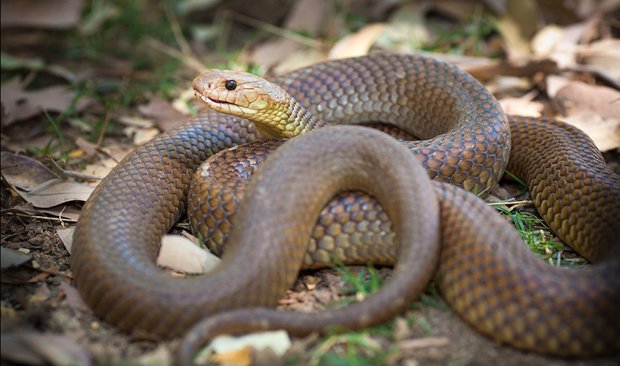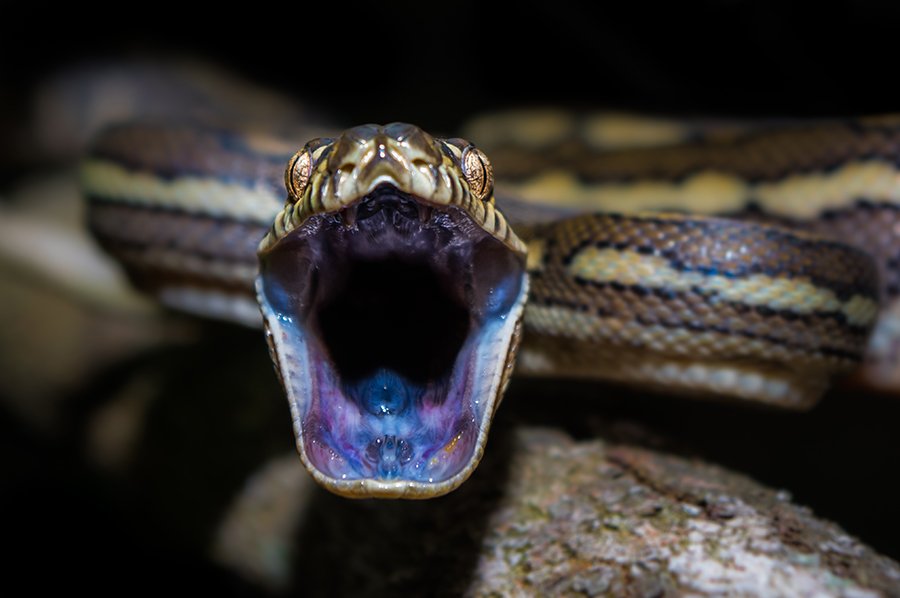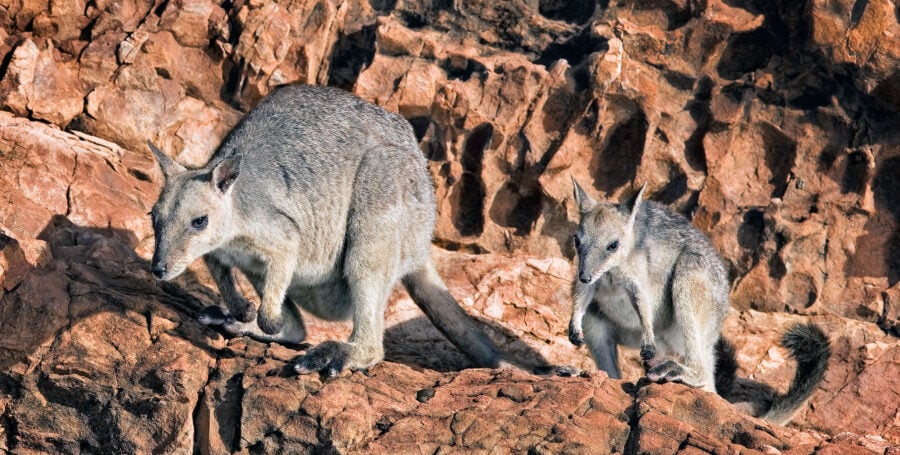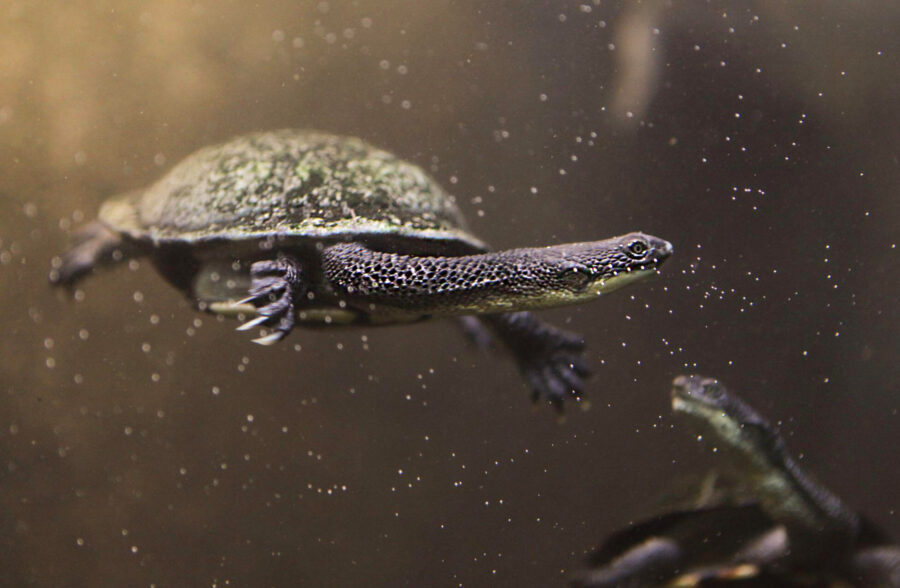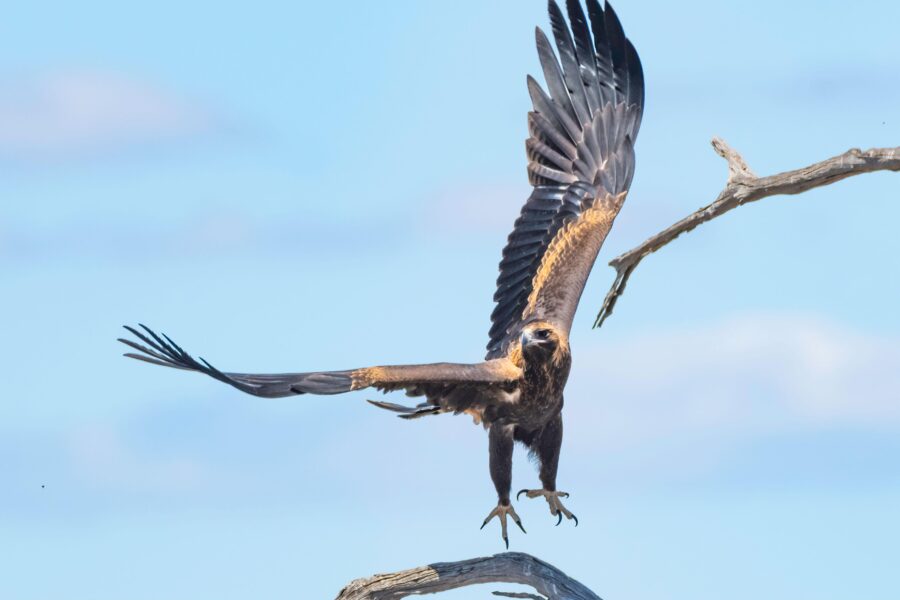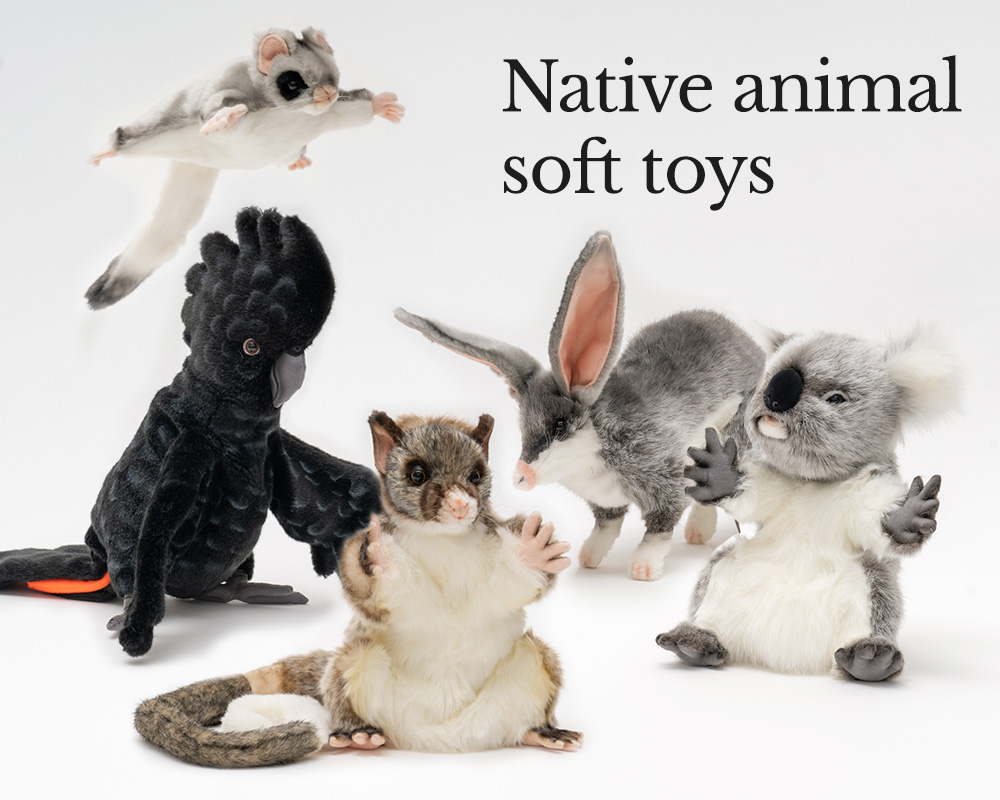Solving snake stigma

Roger Smith
Roger Smith

It’s night and I’m anxious. In front of me, on a remote highway in Australia’s tropical Top End, the woman I love is using a towel to scare off a giant snake. Sitting in the driver’s seat of our stationary car, my job is to keep the headlights on the olive python (Liasis olivaceus) that’s stretched out on the tarmac beside my life partner.
Janine (the brave woman) moves closer, gently waving the towel, attempting to convince the huge snake to move off the highway so it won’t be run over. It’s about 3.7m long – half the width of the road – and has a body as thick as my calf. It probably weighs about 50kg. This is not an animal we’d normally try to intimidate.
The snake raises its large head a metre off the road, turns towards Janine and hisses loudly. It then drops back onto the tarmac and slithers into the bush, its sinuous body gleaming beautifully in the headlights.
Adrenaline pumping, Janine climbs back in the car and we take stock of what just happened. We know snakes often lie on roads. Being cold-blooded, they absorb warmth from road surfaces to keep their metabolism at an optimal level. Sadly this means that many snakes, especially pythons, end their lives as roadkill. We’ve even seen drivers purposely swerve to hit them.
But why are humans terrified of snakes? It’s irrational to assign so much fear and loathing to animals without legs, arms, wings or claws, and that can only slither around.
When I was a child I was told “the only good snake is a dead one”. I was disgusted every time someone proudly displayed a mutilated snake they’d destroyed for no good reason! As a wildlife guide who has led tours across Australia for 30 years, I’ve seen hundreds of snakes, both venomous and non-venomous. Not one has ever threatened me. In fact, they usually move away as fast as possible.
Snakes never attack without provocation. And why would they? They don’t see humans as food. But they’ll defend themselves if they’re cornered, antagonised or injured, and they only have one way to do that: with their mouth.
Across Australia (and the world), snake species are declining. In the Top End, many snakes die as a result of eating poisonous cane toads. And snakes everywhere are suffering due to introduced foxes and cats, loss of prey caused by large-scale land clearing, urban development, drying waterways (due to climate change) and, increasingly, vehicle strikes.
So, be nice to snakes. And watch out for them on the road.
